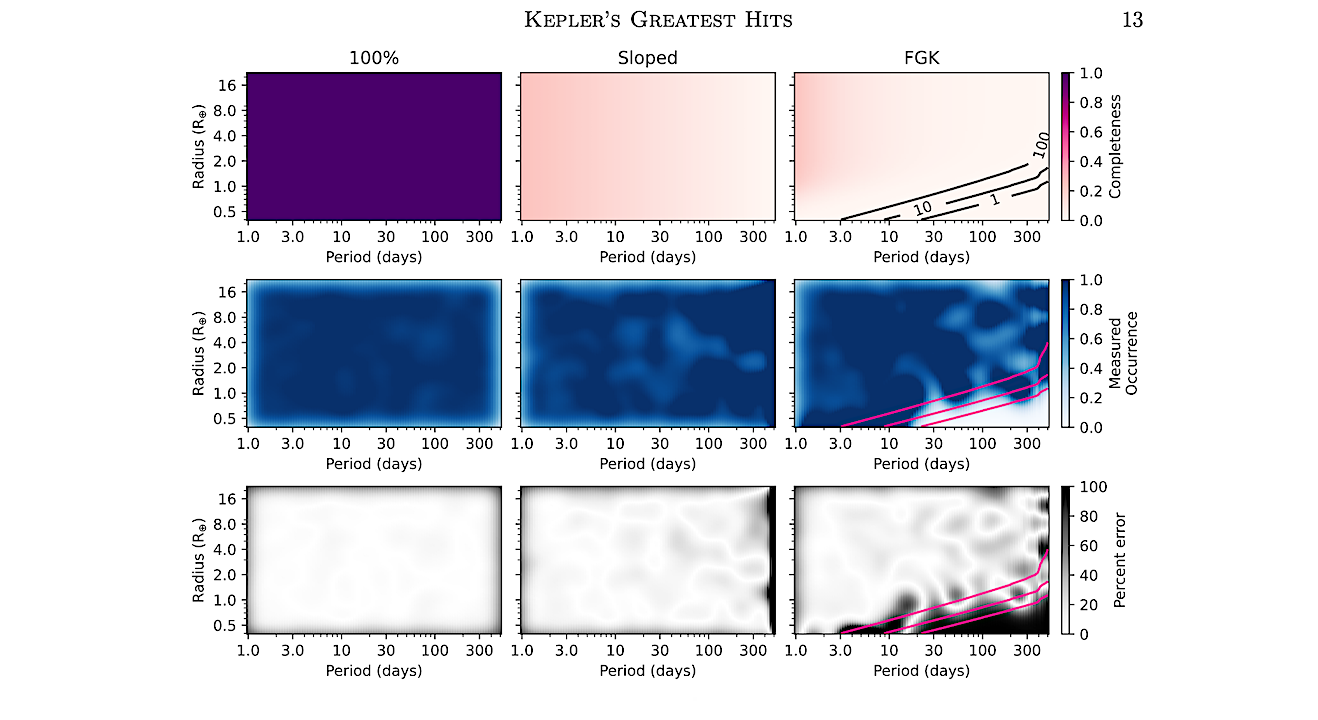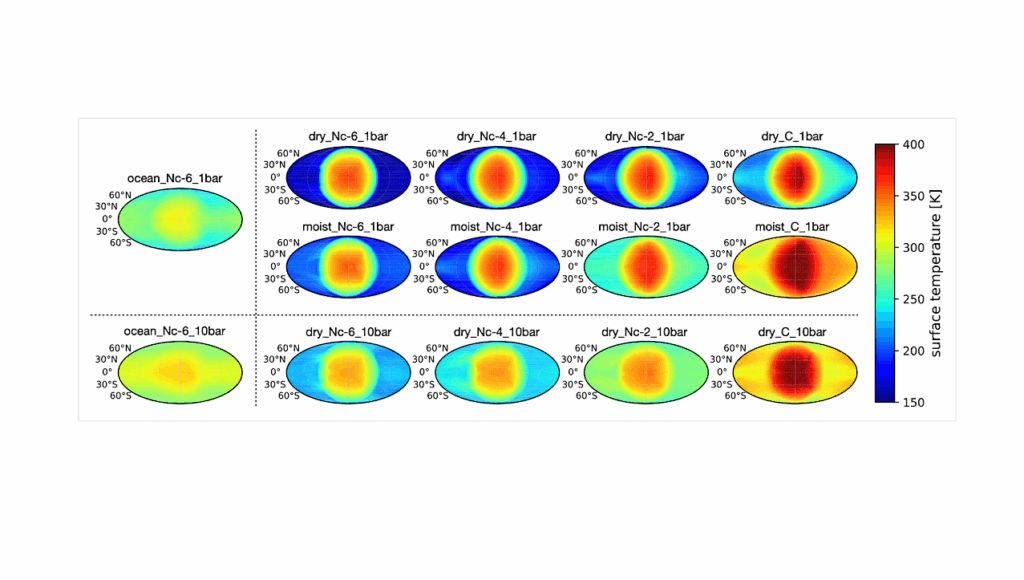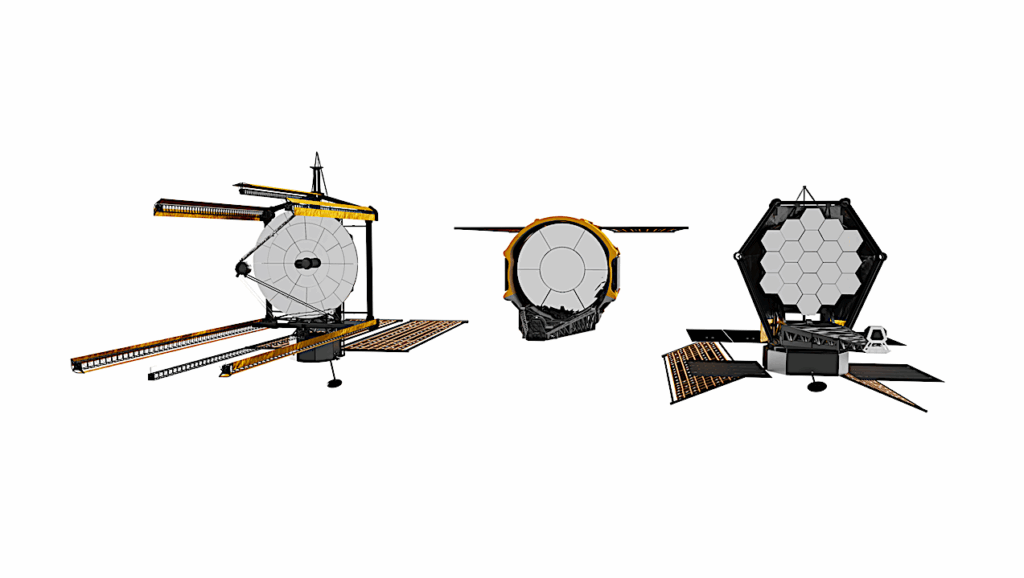A Unified Treatment of Kepler Occurrence to Trace Planet Evolution I: Methodology

We present Kepler exoplanet occurrence rates for planets between 0.5−16 R⊕ and between 1−400 days. To measure occurrence, we use a non-parametric method via a kernel density estimator and use bootstrap random sampling for uncertainty estimation.
We use a full characterization of completeness and reliability measurements from the Kepler DR25 catalog, including detection efficiency, vetting completeness, astrophysical- and false alarm reliability. We also include more accurate and homogeneous stellar radii from Gaia DR2. In order to see the impact of these final Kepler properties, we revisit benchmark exoplanet occurrence rate measurements from the literature.
We compare our measurements with previous studies to both validate our method and observe the dependence of these benchmarks on updated stellar and planet properties. For FGK stars, between 0.5−16 R⊕ and between 1−400 days, we find an occurrence of 1.52±0.08 planets per star.
We investigate the dependence of occurrence as a function of radius, orbital period, and stellar type and compare with previous studies with excellent agreement. We measure the minimum of the radius valley to be 1.78+0.14−0.16 R⊕ for FGK stars and find it to move to smaller radii for cooler stars.
We also present new measurements of the slope of the occurrence cliff at 3−4 R⊕, and find that the cliff becomes less steep at long orbital period. Our methodology will enable us to constrain theoretical models of planet formation and evolution in the future.
Anne Dattilo, Natalie M. Batalha, Steve Bryson
Comments: 33 pages, 17 figures, 3 tables. Accepted to AJ
Subjects: Earth and Planetary Astrophysics (astro-ph.EP)
Cite as: arXiv:2308.00103 [astro-ph.EP] (or arXiv:2308.00103v1 [astro-ph.EP] for this version)
Submission history
From: Anne Dattilo
[v1] Mon, 31 Jul 2023 19:26:18 UTC (3,530 KB)
https://arxiv.org/abs/2308.00103
Astrobiology,








